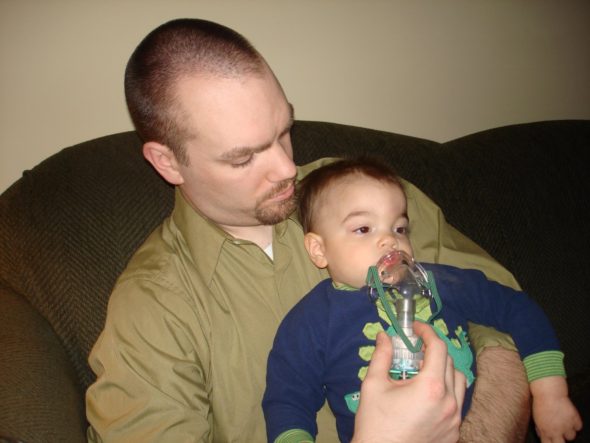When I am reviewing patient cases with my staff, I ask them, “Where are we going with this?” By now, they know that I am asking them when they plan to discharge the patient from home care services.
Home care services are necessarily finite. Criteria for coverage includes both necessity and a reasonable expectation that the intervention is going to have a significant impact on the patient’s abilities. Sometimes the patient achieves their goals, warranting discharge. Sometimes the patient plateaus, and the intervention is discontinued without an expectation of continued benefit.
Similar considerations need to be made as I frequently re-evaluate the strategies deployed in the home to prevent spread of COVID. The kids and Christine are COVID-free. Considering their enhanced hygiene habits in/out of the home 2 weeks prior to school closures and their vigorous social distancing since, I would be shocked if they were to have any antigens for the virus.

Meanwhile, I still need to know that I am doing everything that I can to keep the family safe from this thing. I still vividly remember Austin experiencing respiratory distress as a toddler and through early childhood. We always traveled with an emergency nebulizer on hand. Is it possible that he is more susceptible to COVID as a result? Christine is healthy, but there are an abundance of anecdotal reports from healthcare workers who are surprised to need to ventilate seemingly strong and fit patients in their 30s and 40s. I can’t be the one who introduces such an experience to our family.
No, I’ll continue to keep my distance.
But for how long? What is the discharge criteria? I don’t yet know. At minimum, the hospitals must be well past peak and the risk of community exposure needs to be equal to risk of exposure from me.
But when do we send them back to school? Will I be willing to send them back as soon as the schools re-open, whenever that may be? What will be my criteria for allowing them to again share the company of their peers in a mutually-shared space? Do we consider home-schooling? Again, I’m not sure.
Will I let them return to the community and school wearing masks? That sounds reasonable as there is going to be a level of community spread that is persistent after the peak … but what about meal times? How does a classroom of children eat lunch with masks on? How do we go out to breakfast? Are we still distancing then? Too many variables to consider at the moment.
When can I kiss my wife again? Share the same bed? Breathe the same air? Certainly when she is accessing the community under the same circumstances and with the same regularity that I am, but what is the criteria that needs to be met for that to happen?
In each instance, I’d love to say that I can trust the government to help me decide, but the federal response (to date) has been steered more by a desire to minimize economic impact and rationing of supplies more than by hard science, and NY is going to be hurting financially as well. Governments have to weigh risk and benefit at a different level than the individual and family. The latter falls on my shoulders, no one else’s.
Too many questions with too few answers. All I know is that I lay on my air mattress in my office and ask myself the same question every night.
Where are we going with this?